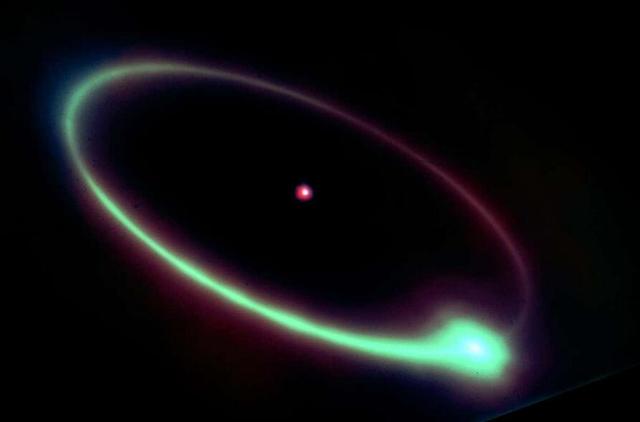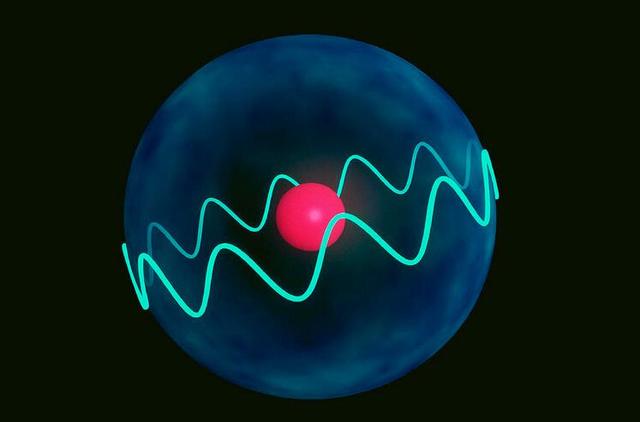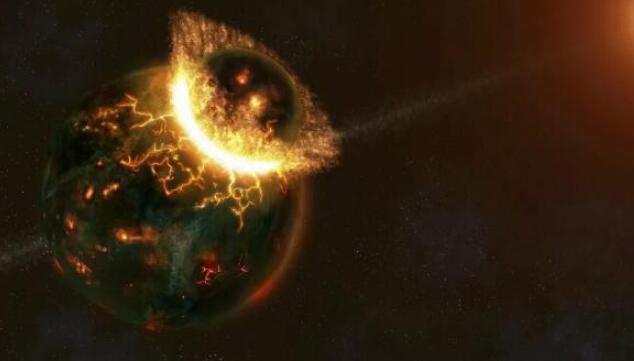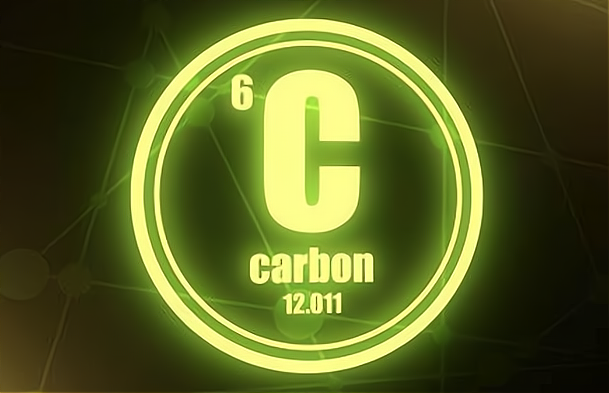- Beauty
Atoms were once thought to be the fundamental particles of everything in the world, but it has since been discovered that atoms are made up of a nucleus and electrons, and that there is also a vast space between the nucleus and the electrons - just how vast is it? Let's take the simplest atom in the universe, the hydrogen atom, as an example.

The nucleus of a hydrogen atom is actually a proton with a radius of about 0.833 x 10^-15 m. When a hydrogen atom is in its ground state it is the smallest in volume and has a radius of about 0.528 x 10^-10 m. This means that the radius of a hydrogen atom in its ground state is about 63385 times that of its nucleus.
This means that if we were to scale up the radius of a hydrogen atom in the ground state to 500 metres, the nucleus would have a radius of about 0.79 cm when scaled up equally, which is roughly the size of a common glass marble.
Of course, the hydrogen atom also has an electron, and although scientists are not yet able to measure the radius of the electron with any accuracy, it is certain that the radius of the electron would not exceed 10^-18 metres on the order of 10^-18 metres, which means that when magnified to the same scale, the radius of the electron would be at most 0.01 mm, still as small as a grain of dust.

In a sphere with a radius of 500 m, there is only a small "Glass marble" At its centre and a "Dust" Orbiting around this "Glass marble "The interior of the atom is as empty as can be imagined. Compared to the size of the nucleus and the electron, the space inside the atom is very large, so the question arises, what is in the vast space between the nucleus and the electron?
The first thing that comes to mind is air, but if you think about it for a moment, you will realise that this is not possible. Since air itself is a mixture of a large number of atoms, and most of them are also combined into gas molecules (e.g. Oxygen, nitrogen), it is impossible for air to exist inside an atom.
Since there is no air, is the space between the nucleus and the electron an absolute vacuum? The answer is of course no.

First of all, in the space between the nucleus and the electron, there could be some "Passing" Particles, such as photons. Modern physics considers photons to be the fundamental particles that transmit electromagnetic interactions, so if an atom exists in an electromagnetic field, then there would be photons in its internal space.
Neutrinos, for example, are extremely small in size and mass (they are generally considered to be less than 10^-20 metres in diameter and can have a mass of less than 1 part per million of the mass of an electron), but they are extremely numerous in the universe - the sun, for example, produces on average about 1.7 x 10^38 neutrinos every second, so much so that on the surface of the earth the average flux of neutrinos the average flux of neutrinos on the earth's surface can reach 600 trillion per square metre per second.
Neutrinos are so much smaller than atoms and so numerous that it is reasonable to assume that they are often found in the space between the nucleus and the electron, and that they are in most cases just "Passing through" The interior of the atom because they do not participate in strong and electromagnetic interactions.

On the other hand, when unstable atoms decay, their nuclei release different kinds of particles, such as alpha particles, electrons, positrons, neutrinos, antineutrinos, etc., which also exist for a short time in the vast space between the nucleus and the electron.
In addition to the "Passing" Particles, there is also a "Higgs field" In the space between the nucleus and the electron.
The concept of the "Higgs field" Was first introduced in the 1960s by physicist peter higgs, who believed that there is a ubiquitous quantum field in the universe, and that an elementary particle acquires mass when it interacts with this quantum field.

This quantum field is known as the "Higgs field", and according to peter higgs' theory, at very high energies, the "Higgs field" Will excite an elementary particle called the "Higgs boson "According to peter higgs' theory, at very high energies, the higgs field excites an elementary particle called the higgs boson.
In 2013, cern discovered the existence of the higgs boson for the first time, which means that the higgs field is real. Since the higgs field is "Ubiquitous" In the universe, it must also exist in the space inside the atom (otherwise, the nucleus and electron would not have mass).

It is worth noting that of the four fundamental forces in the universe, the electromagnetic, strong and weak interactions are all transmitted by specific elementary particles, so it is reasonable to assume that gravity may also be transmitted by some elementary particle, which scientists call a "Graviton the scientists call this possible elementary particle "Graviton".
If "Gravitons" Did exist, they would be found in the vast space between the nucleus of an atom and an electron, which, after all, has mass, and matter with mass produces gravity.






